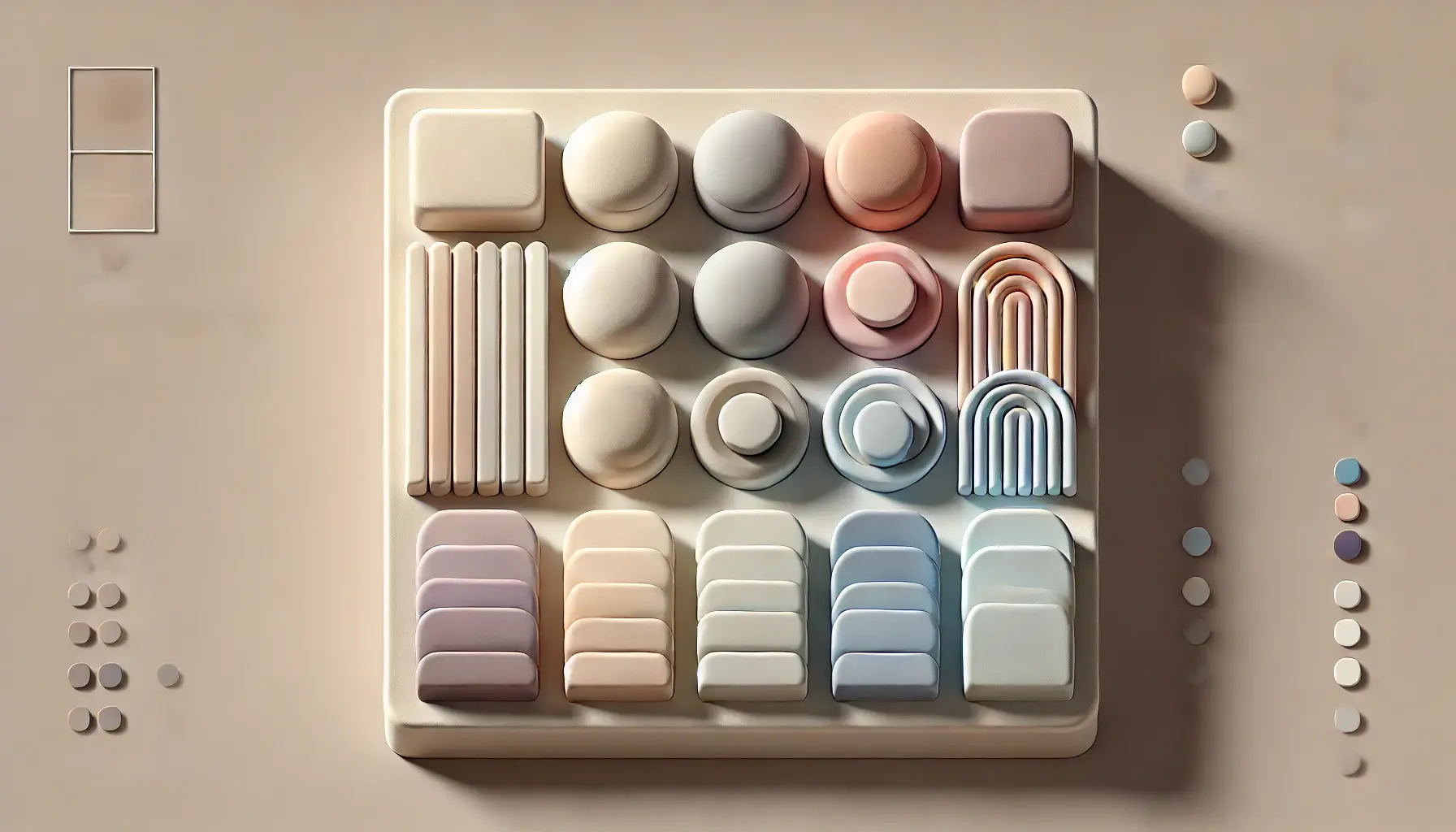Creating a Table of Contents for a Successful Design System
Posted by Nuno Marques on 7 Nov 2024

Creating a design system is a crucial part of ensuring consistency and efficiency across your digital products. If you’re building your design system and using Storybook, organizing a clear and user-friendly Table of Contents (ToC) is vital. The ToC in a design system helps team members, designers, and developers quickly find the components, guidelines, and styles they need. Let’s dive into what makes a ToC successful and look at three examples from popular design systems like Apple's, IBM's Carbon Design System, and Material Design.
Why a Good Table of Contents is Essential in a Design System
A well-organized ToC acts as a roadmap for your design system. It helps users understand what’s available and navigate quickly through components, guidelines, and utilities. In Storybook, a strong ToC improves both usability and discoverability, helping everyone stay on the same page. A well-structured ToC should include:
- Clarity: Clearly labeled sections, so users know where to find specific elements.
- Consistency: Categories and components are organized logically and consistently.
- Comprehensiveness: Cover all aspects of your design system, from guidelines to utilities.
- Simplicity: Keep it straightforward; a ToC is meant to guide, not overwhelm.
Here’s a deeper look into how you can structure your ToC effectively.
Key Sections to Include in a Design System ToC
1. Introduction and Principles
Start with an overview of your design system. This section includes the purpose, core values, and principles that guide the design system. Links to guidelines on Design Principles or Brand Values are often found here.
2. Foundations
Foundations cover the building blocks of your design language. This includes colors, typography, spacing, icons, and grids. IBM’s Carbon Design System and Material Design use this approach to establish a base for all components, ensuring consistency and coherence.
3. Components
The heart of any design system is the component library. Divide components by type (e.g., Forms, Buttons, Navigation, Cards), and add subcategories if needed. Components should be documented with usage guidelines, examples, and code snippets.
4. Patterns
Patterns describe best practices for using components together in common layouts, like Form Layouts, Data Display, or Page Structures. Apple’s Human Interface Guidelines showcases this well by guiding users on combining elements effectively.
5. Utilities
Utility sections may include CSS Utilities, Accessibility Guidelines, Responsive Design Tips, and more. This section supports developers in implementing design system components consistently.
6. Tokens
Tokens define core styles that can be applied across components (e.g., color tokens, spacing tokens). Tokens are essential for scaling design systems across products and brands.
Examples of Successful ToCs for Design Systems
1. Apple Human Interface Guidelines ToC
- Overview: Apple starts with an overview that explains the purpose of its guidelines.
- Foundations: Apple covers Themes, Color, Typography, and Iconography.
- Components: Grouped by UI elements like Buttons, Pickers, and Alerts.
- Patterns: Apple provides Navigation Patterns, Data Entry, and Feedback.
- Platform-specific Guidance: Guidance for iOS, iPadOS, macOS, etc., showing how to adapt components for each platform.
Reference: Apple Human Interface Guidelines
2. IBM Carbon Design System ToC
- Introduction: Overview, Getting Started, and Principles.
- Foundations: Includes Colors, Typography, Icons, and Grid.
- Components: Organized by component types like Buttons, Dropdowns, and Modals.
- Patterns: Examples include Data Visualization, Notifications, and Content Layouts.
- Accessibility: Dedicated section for Accessibility guidelines, focusing on inclusivity.
Reference: Carbon Design System
3. Material Design System ToC
- Foundations: Core elements like Color, Typography, and Shape.
- Components: Comprehensive list including Buttons, Cards, Chips, and Dialogs.
- Interaction Patterns: Guides for Navigation, Feedback, and Selection Controls.
- Accessibility: Guidelines for making components accessible, including Contrast Ratios and Focus Indicators.
Reference: Material Design
Best Practices for Organizing Your ToC in Storybook
1. Organize by Function
Group similar components and foundations by their function rather than their look. This makes it intuitive for users to navigate.
2. Keep it Modular
Allow for easy updates and additions by organizing sections in a modular way, where new components or guidelines fit without disrupting the flow.
3. Use Consistent Naming
Naming conventions should be simple, clear, and consistent, so users can quickly identify the purpose of each section.
4. Highlight Accessibility
Accessibility is a priority in modern design systems. Include a dedicated section in your ToC that consolidates accessibility guidelines and tools.
Conclusion
A well-structured Table of Contents in Storybook ensures that your design system is accessible, usable, and scalable. By following these guidelines and looking to industry leaders like Apple, IBM, and Google, you can create a ToC that enhances the user experience for your team. Remember, a design system is more than a component library; it’s a living document that grows with your product. Invest time in organizing it well, and it will be a valuable resource for years to come.